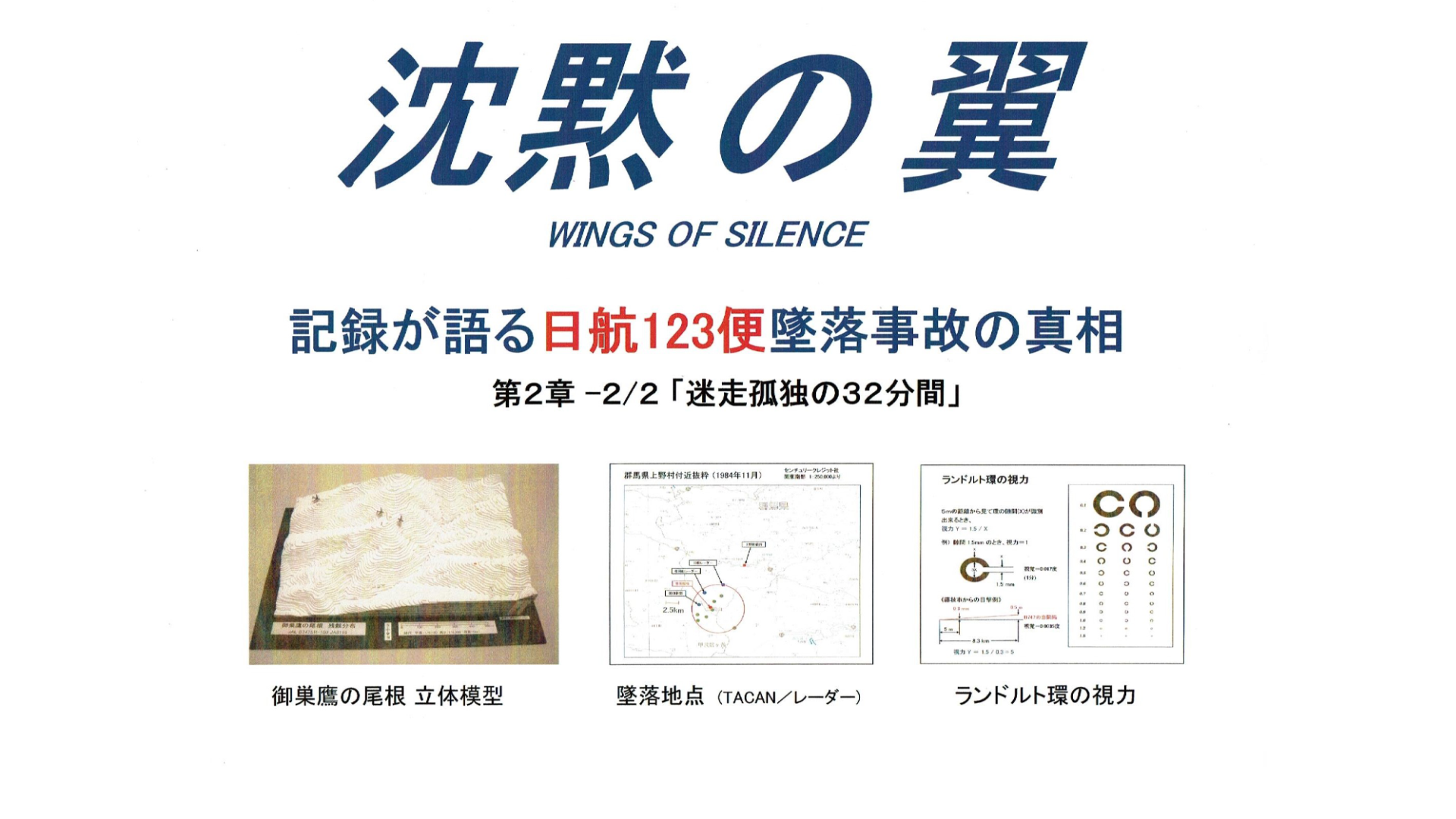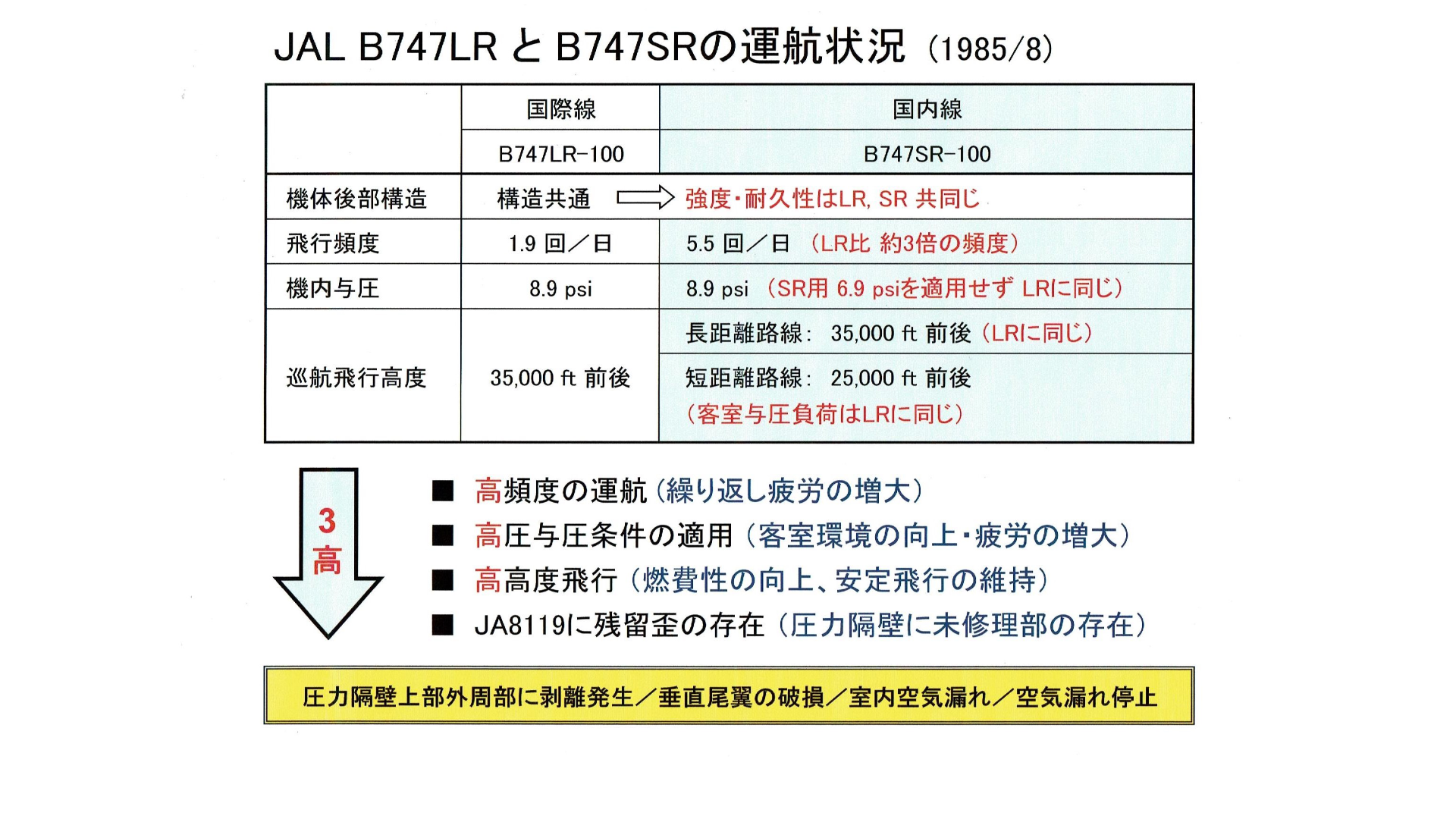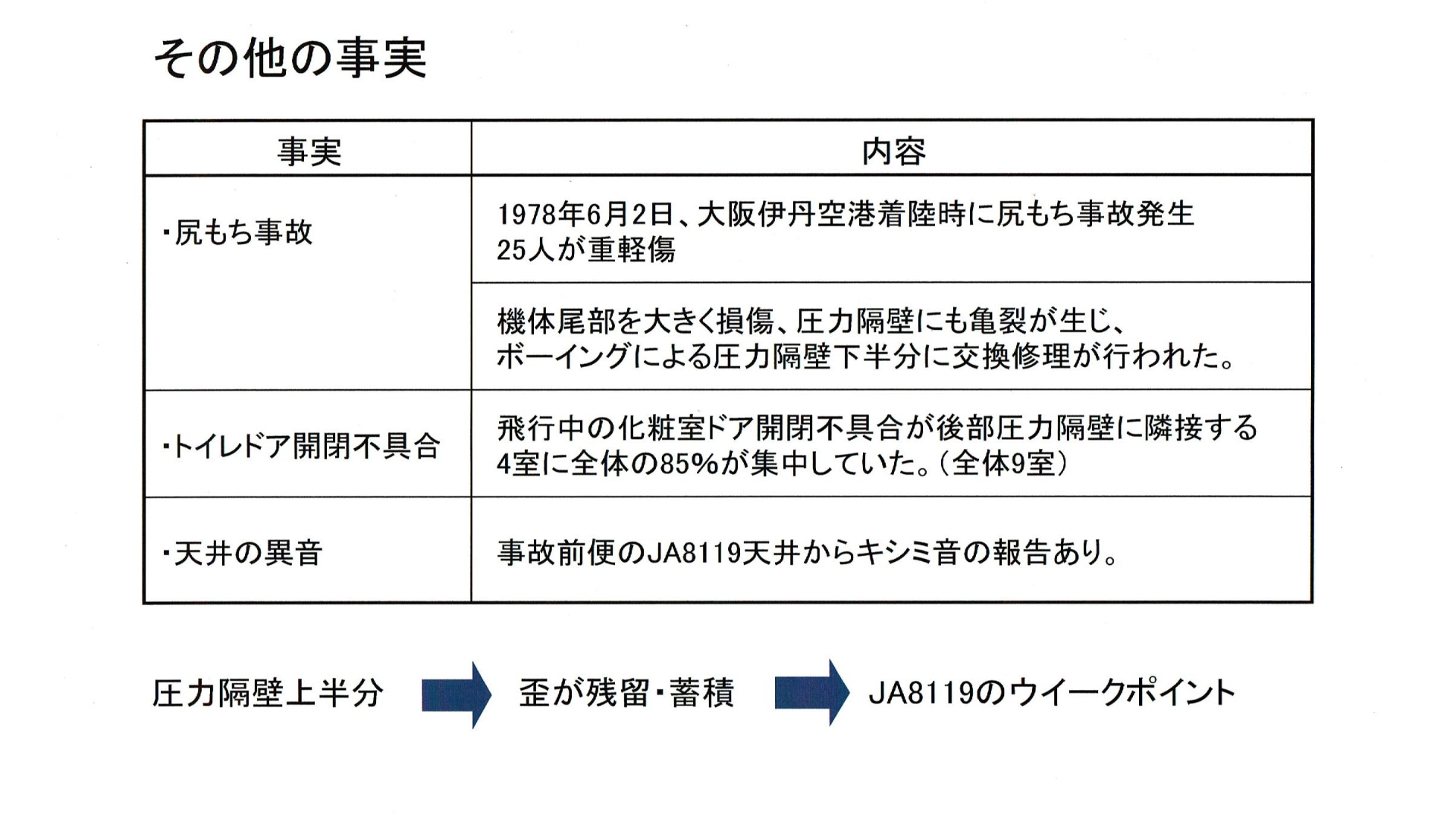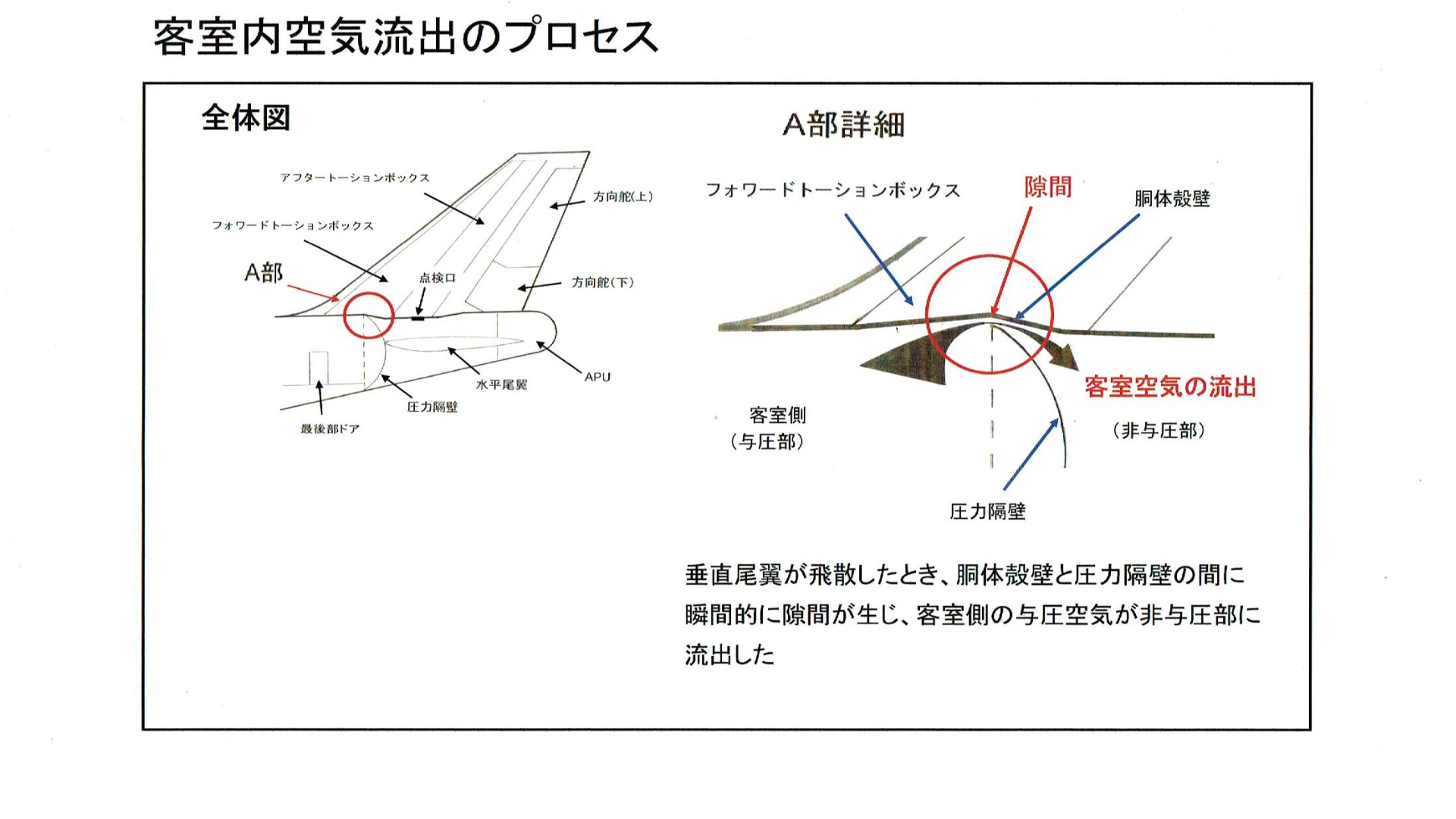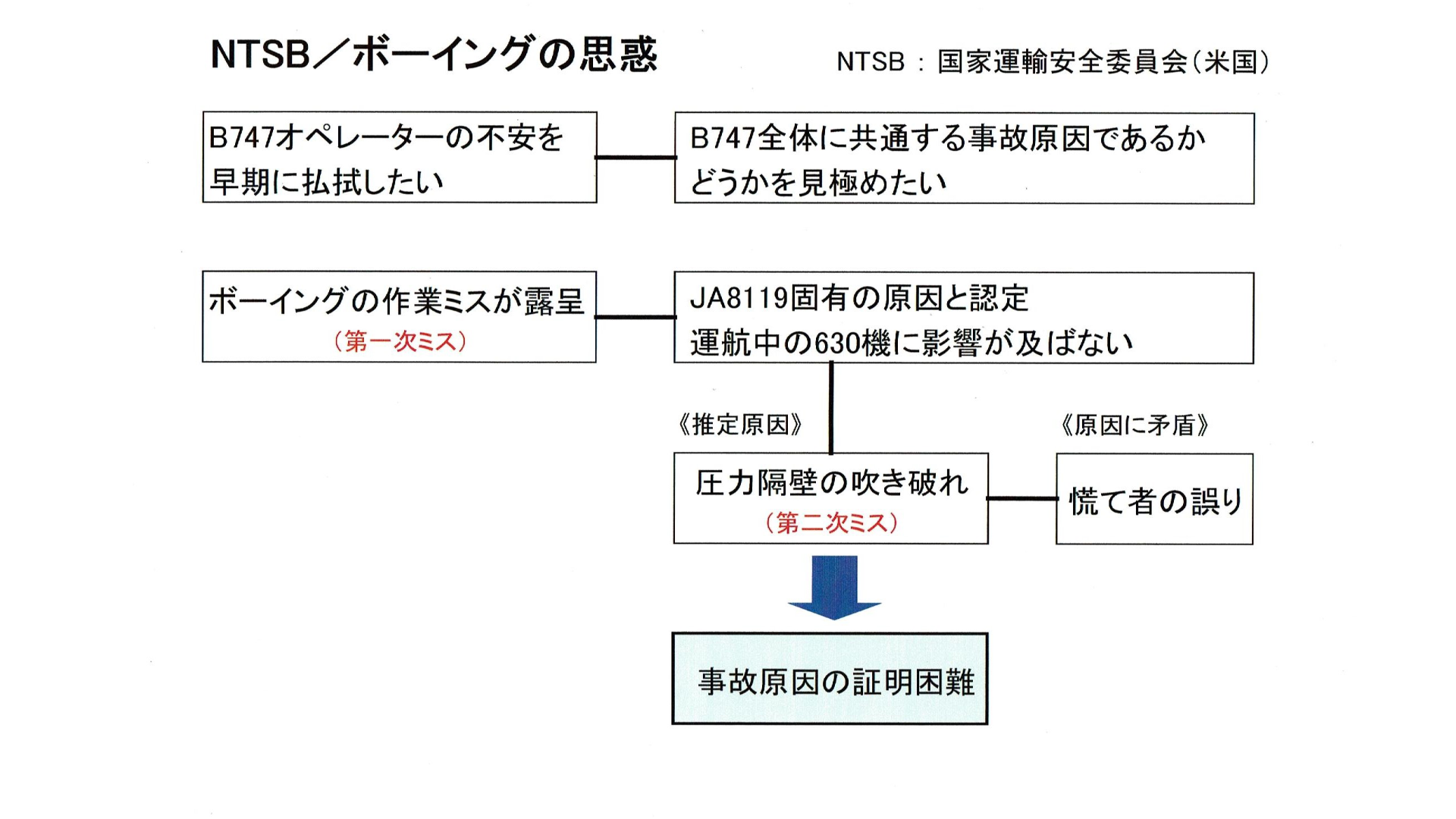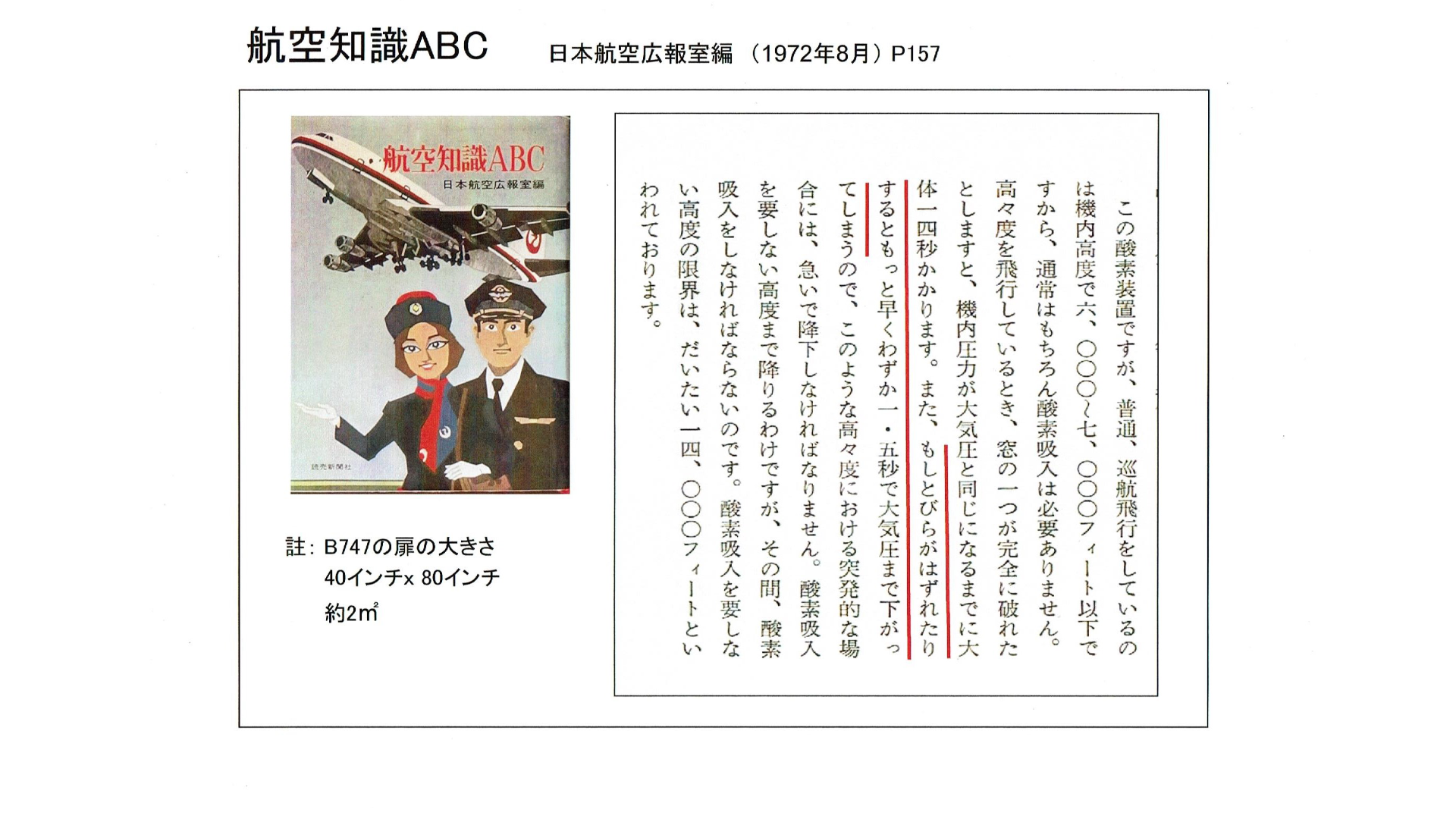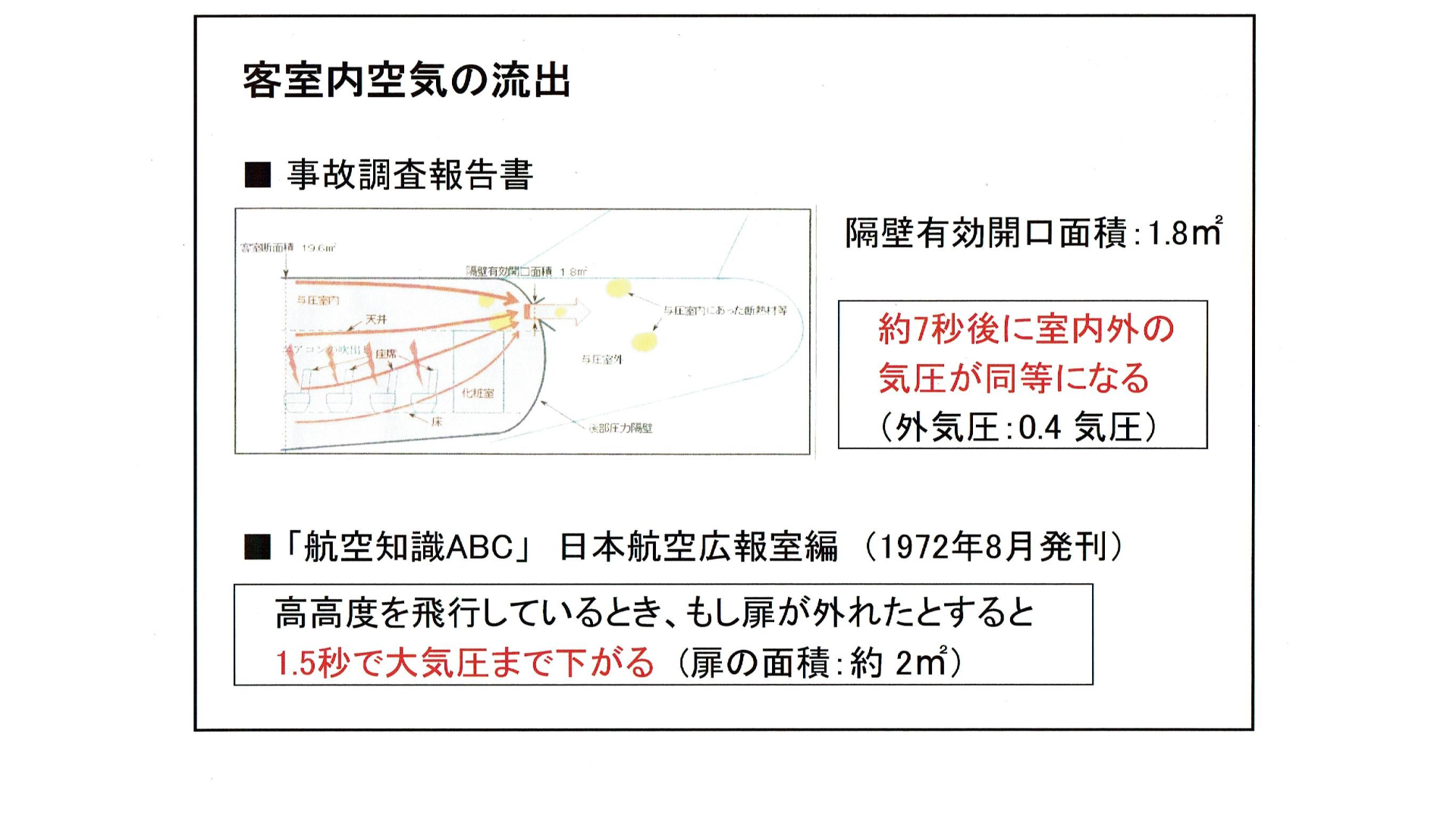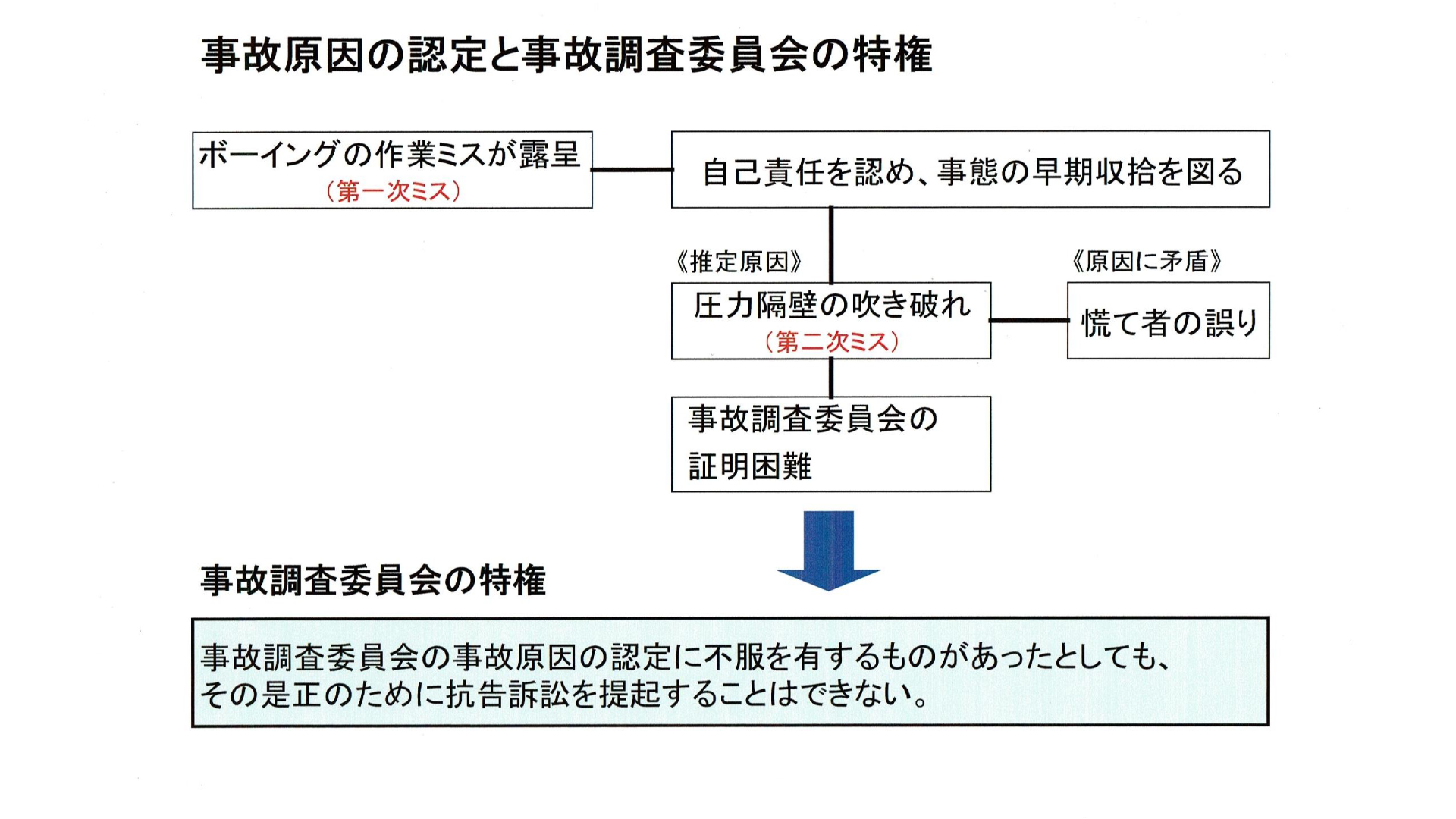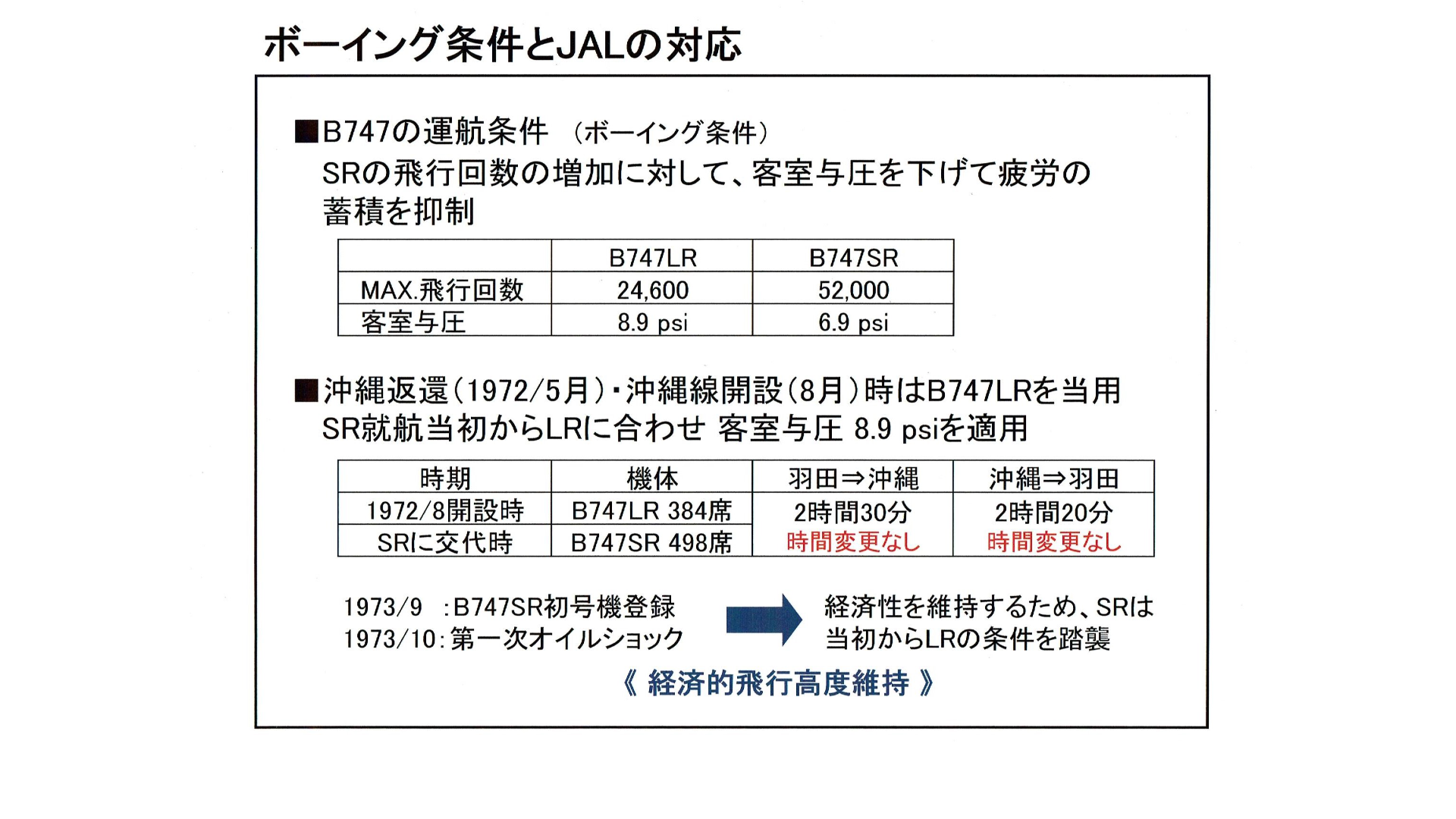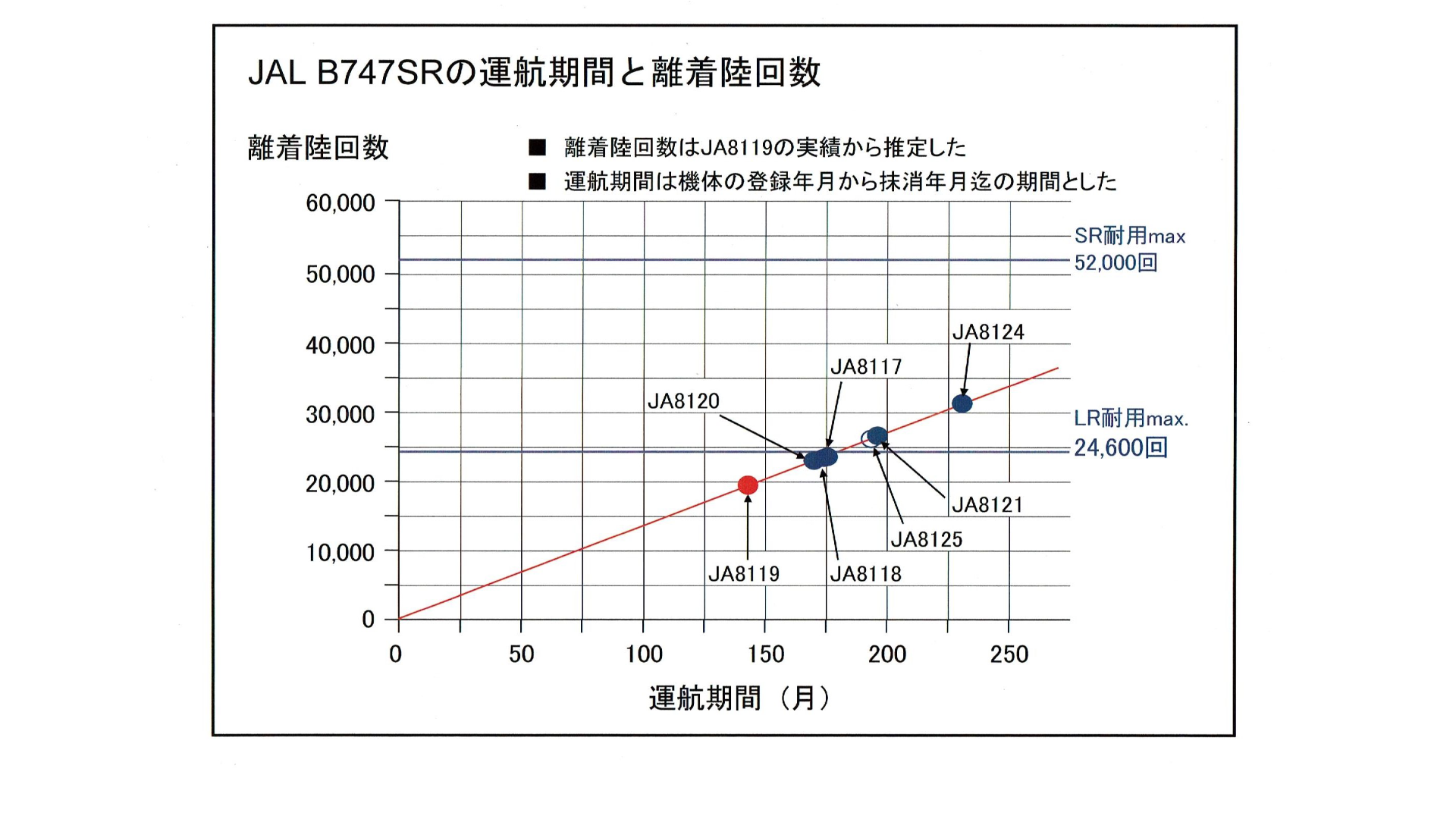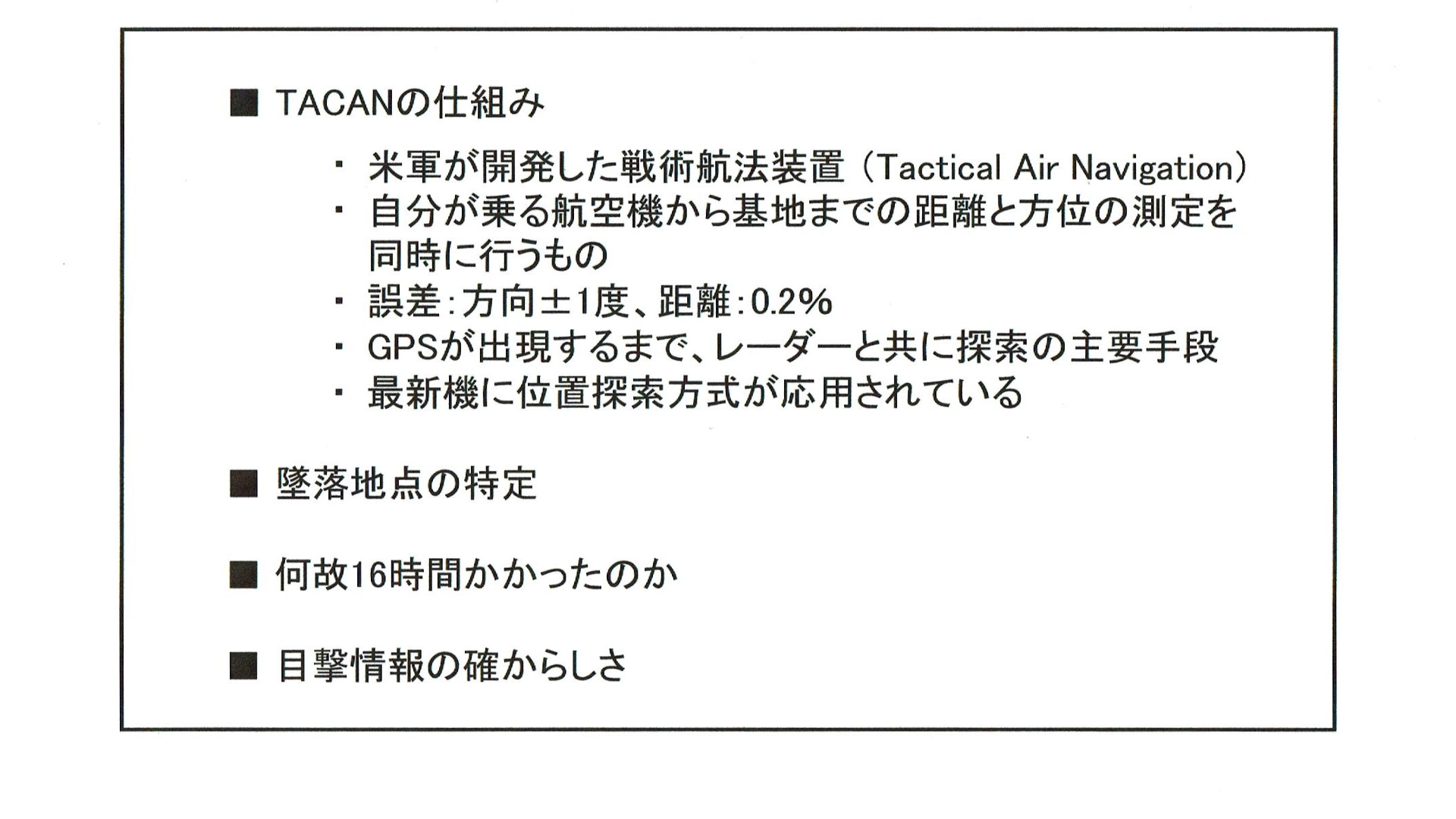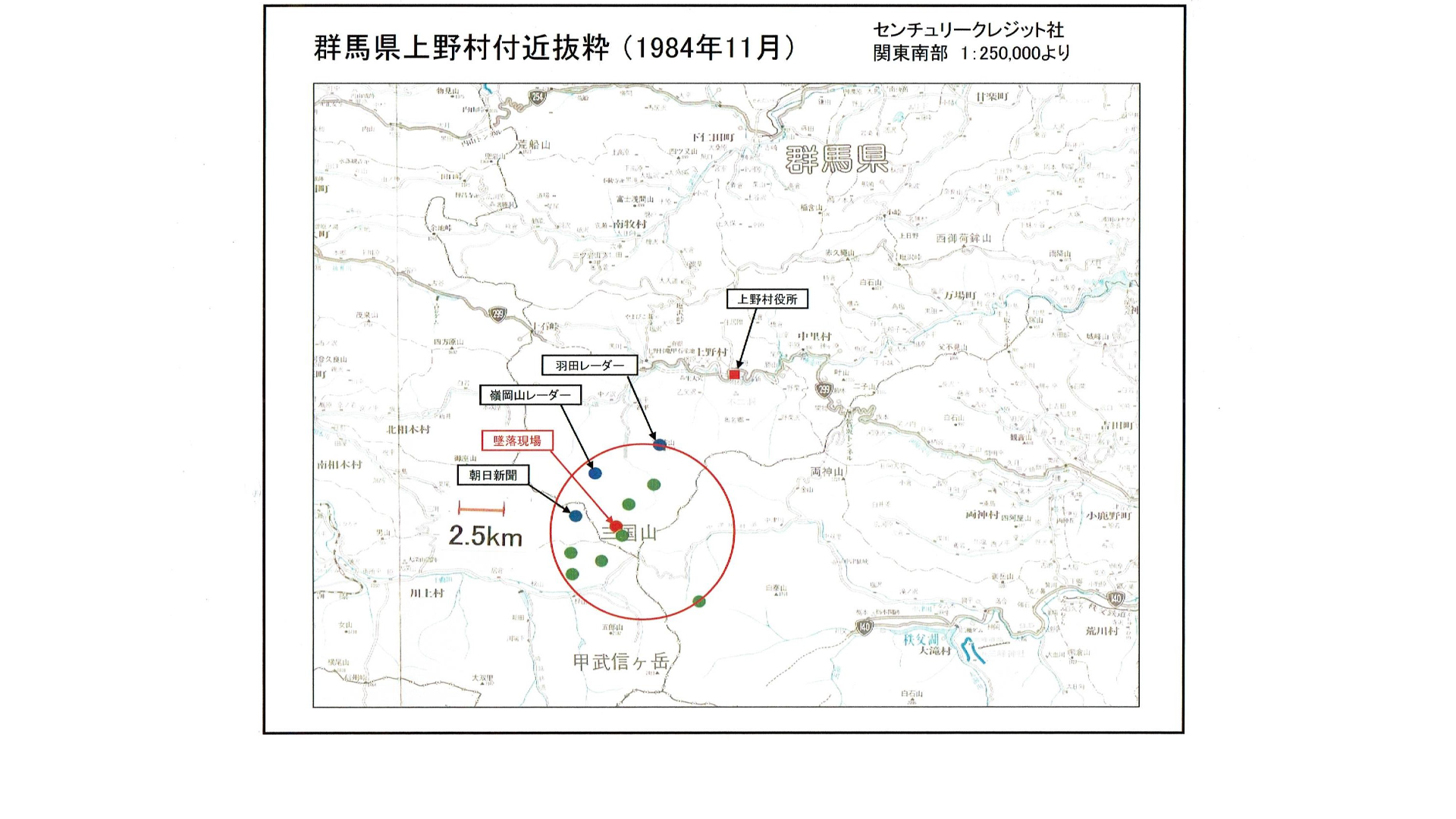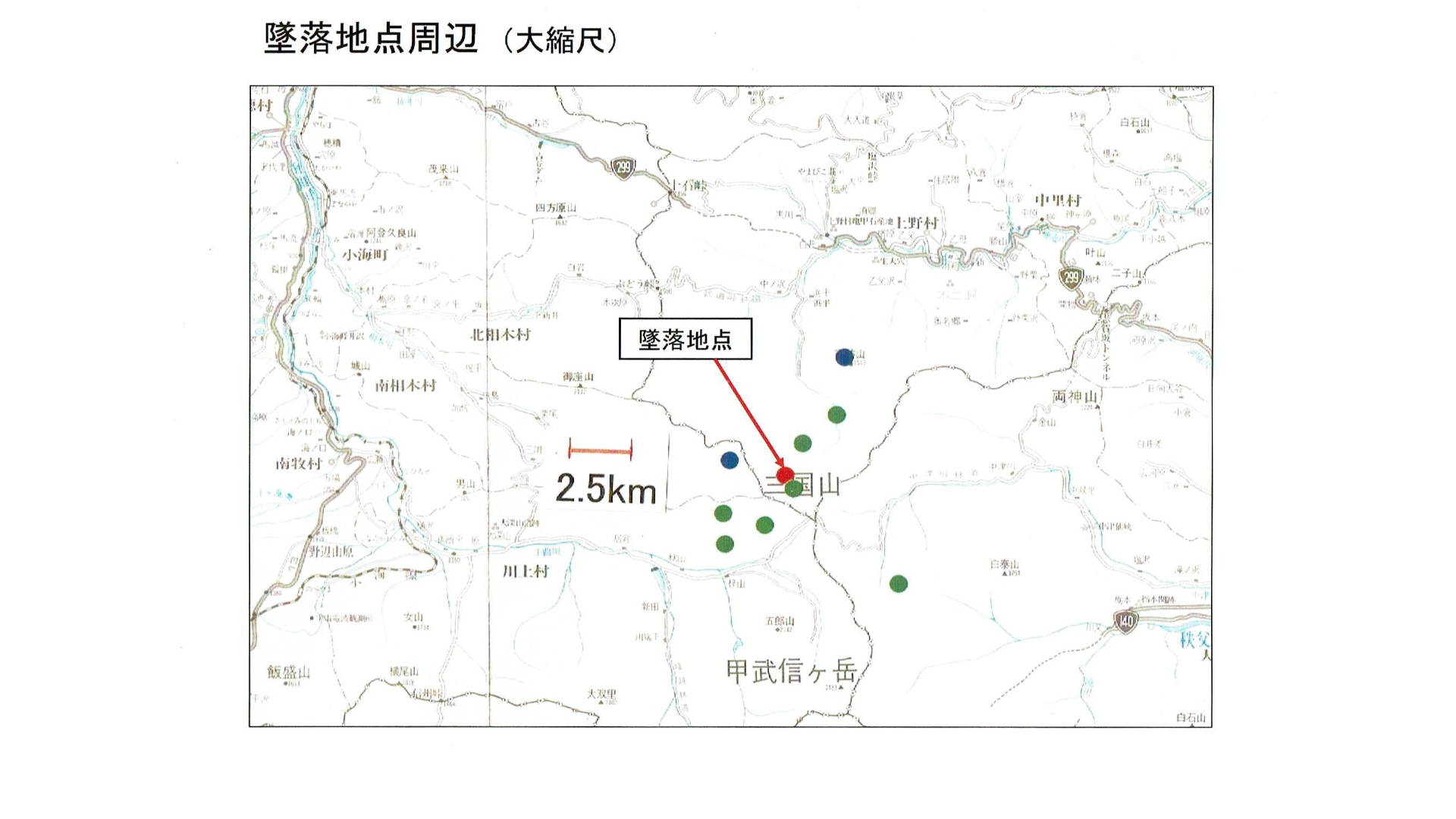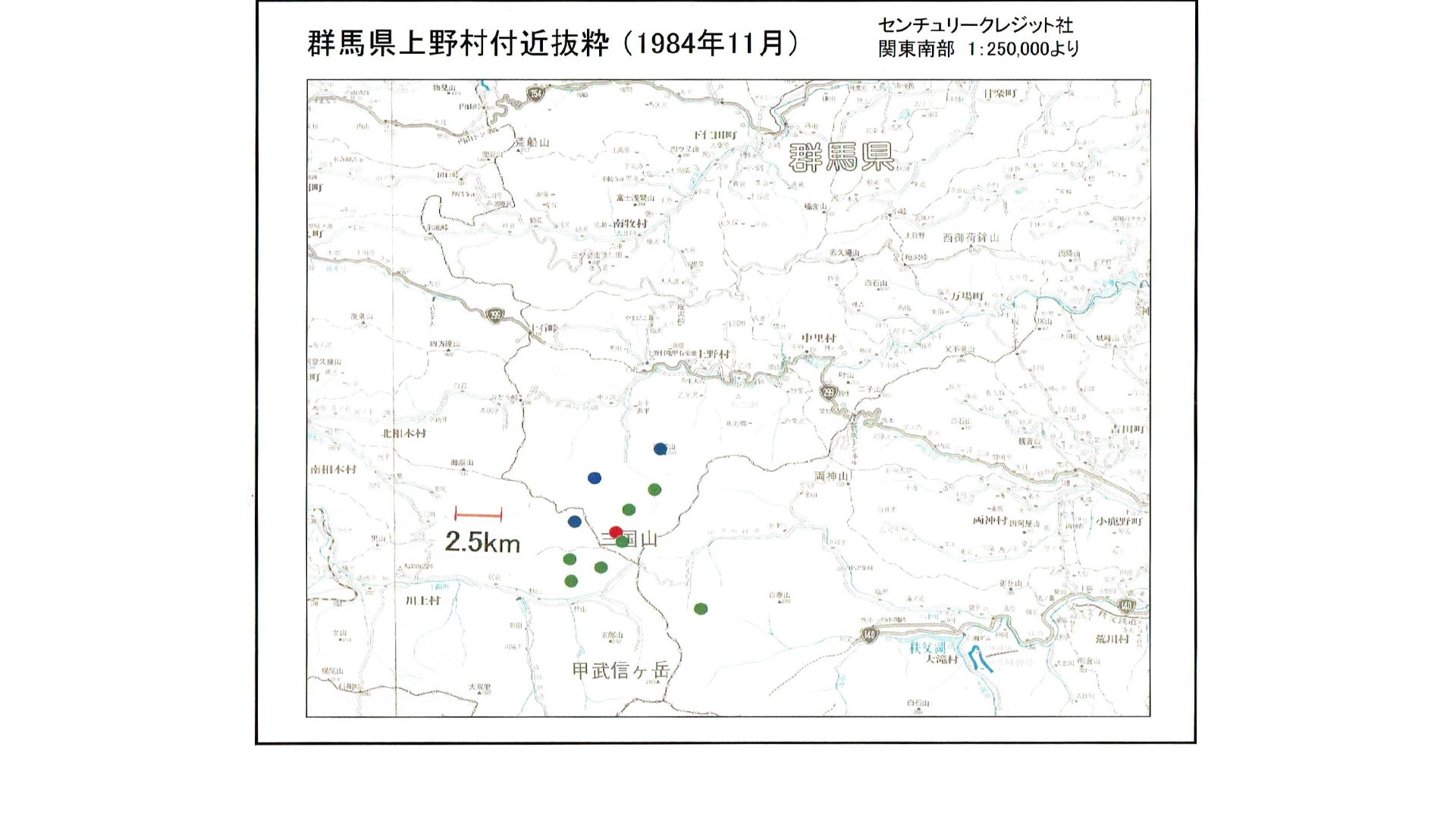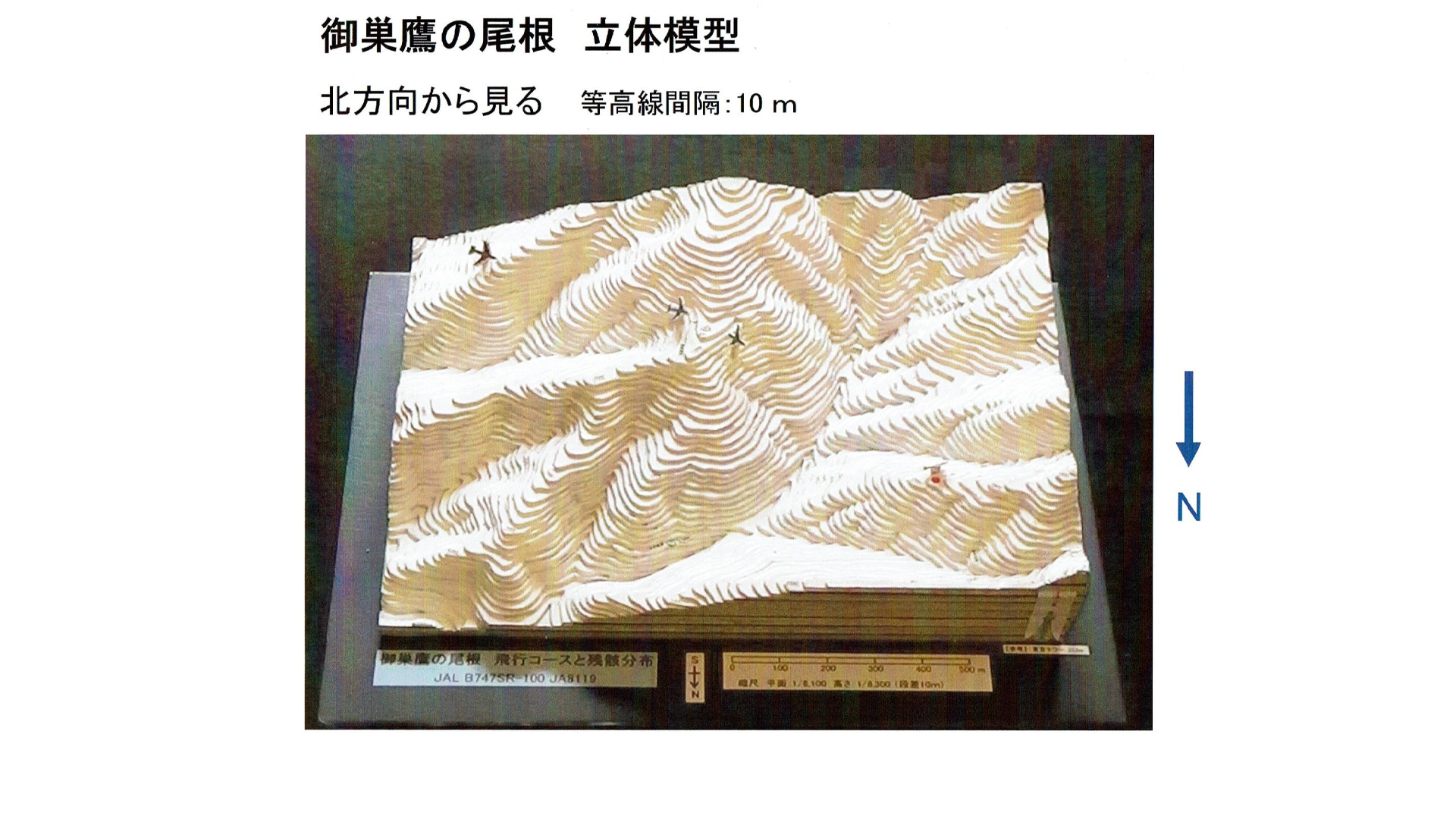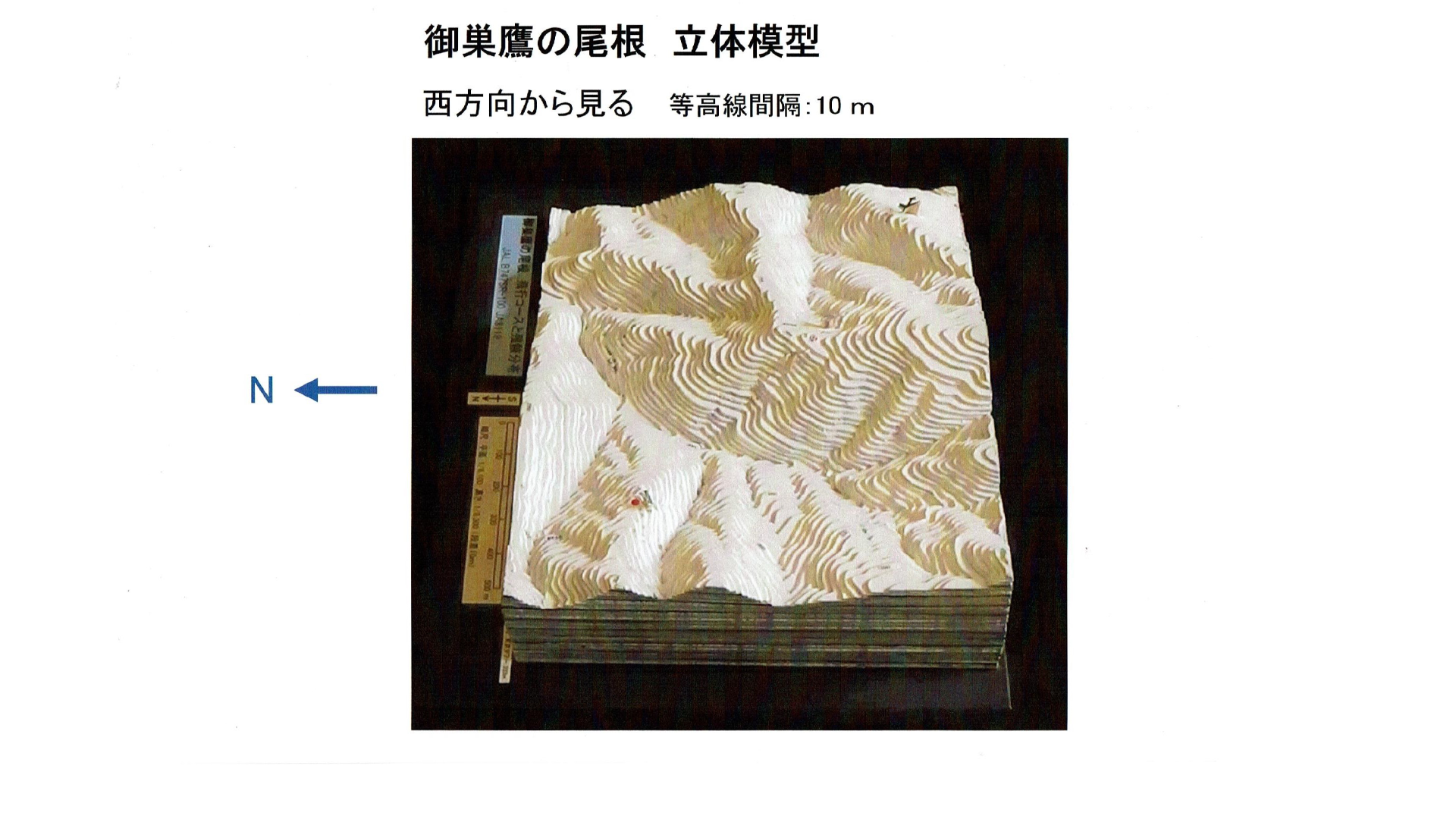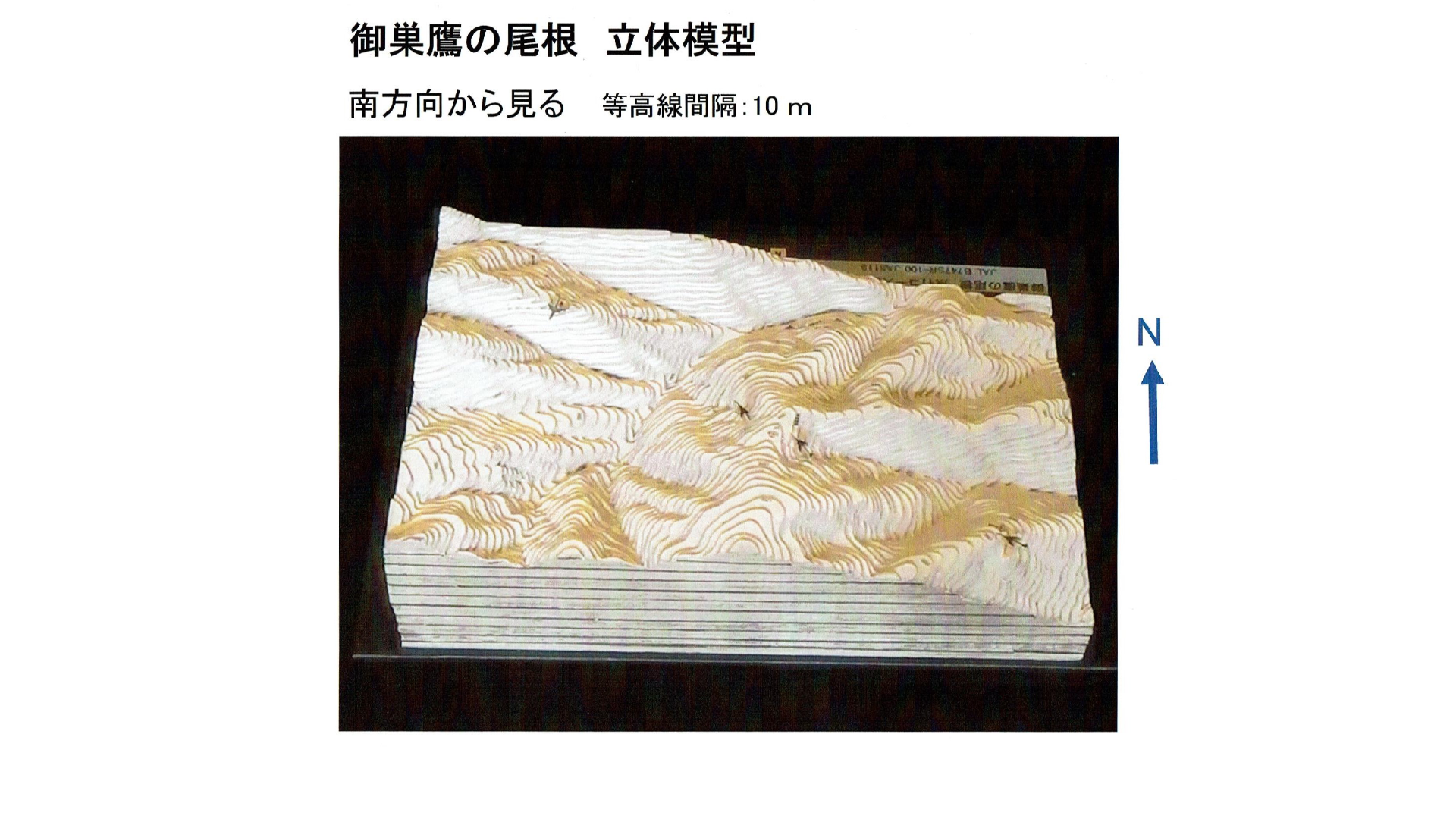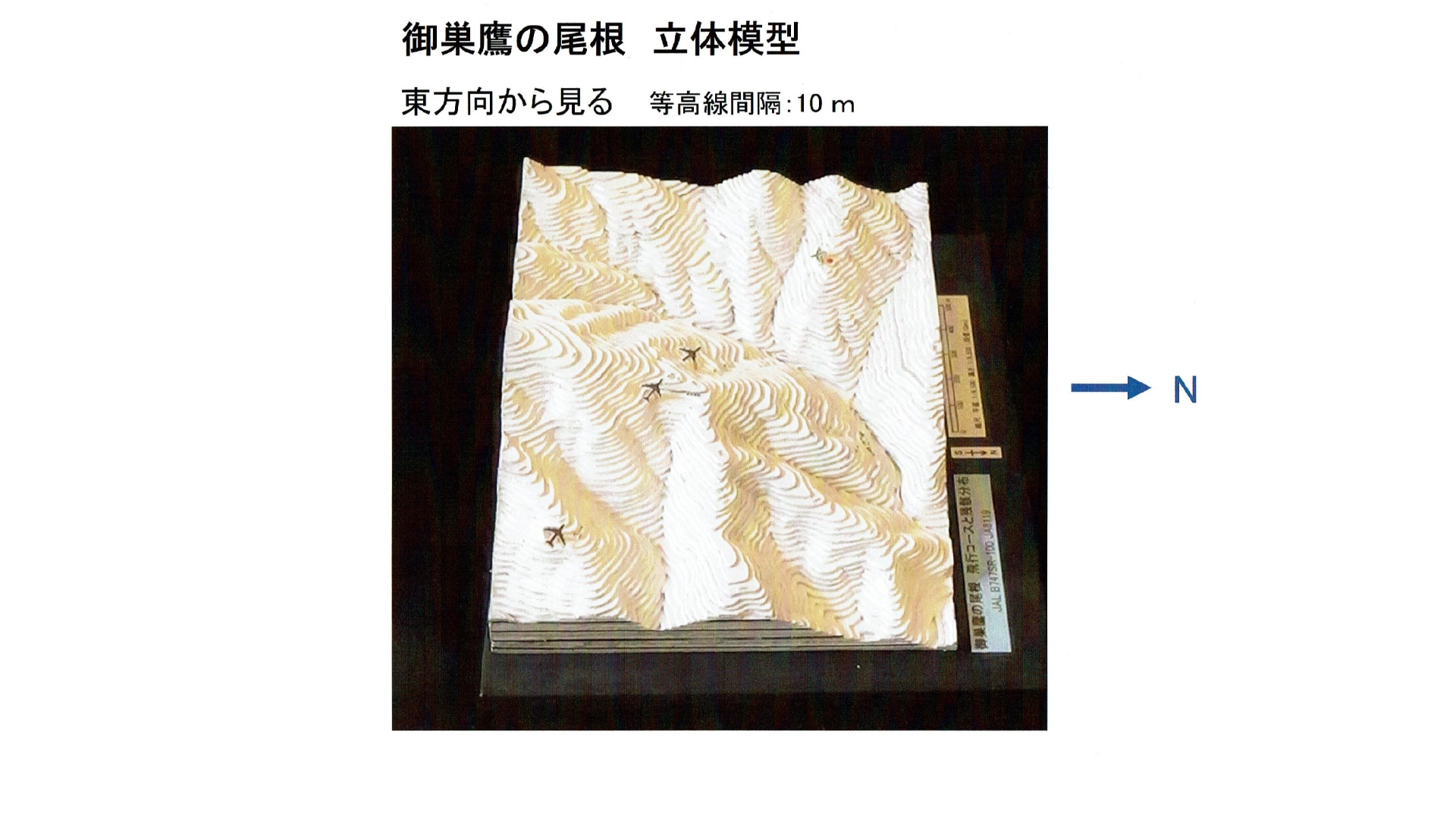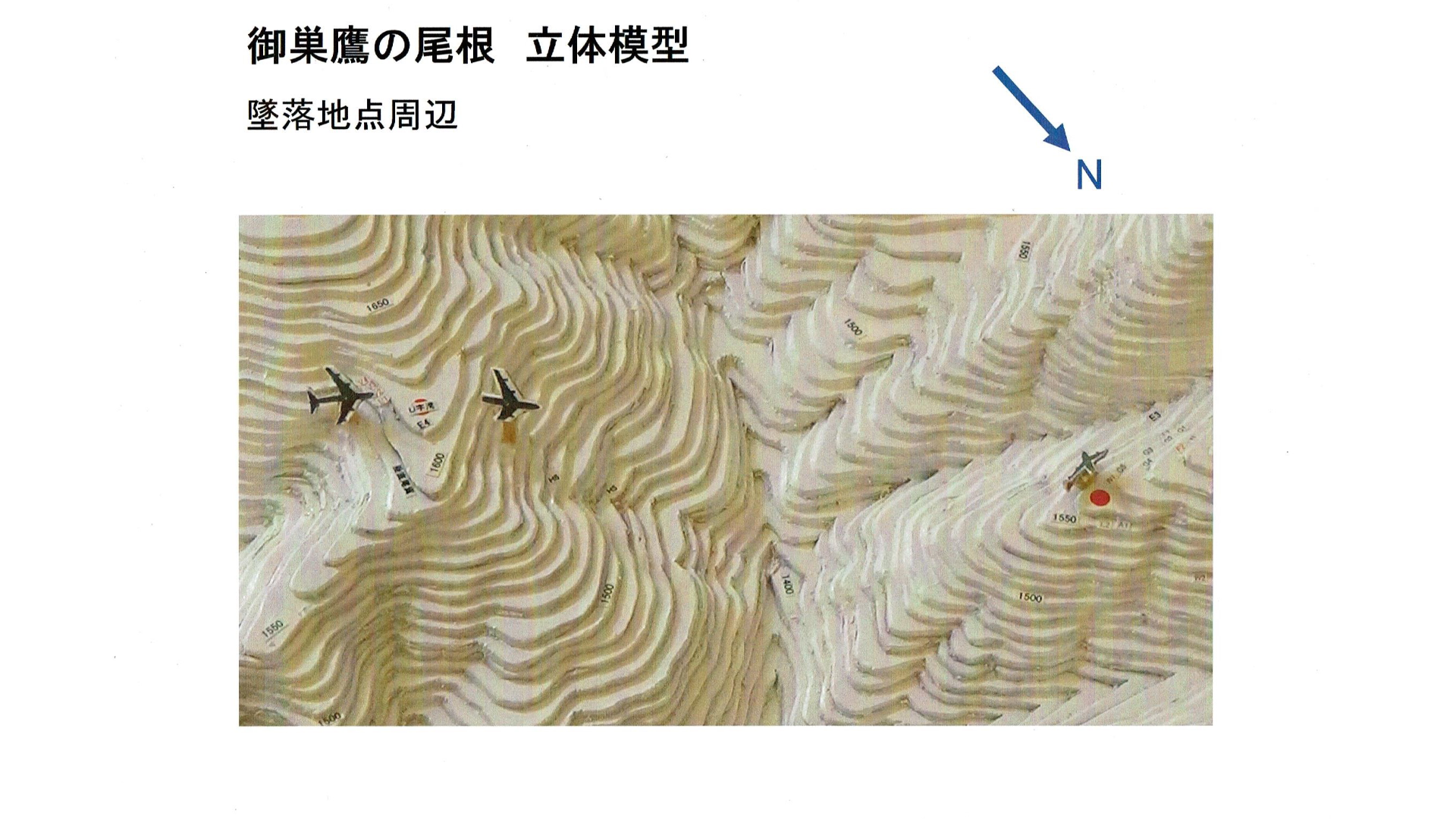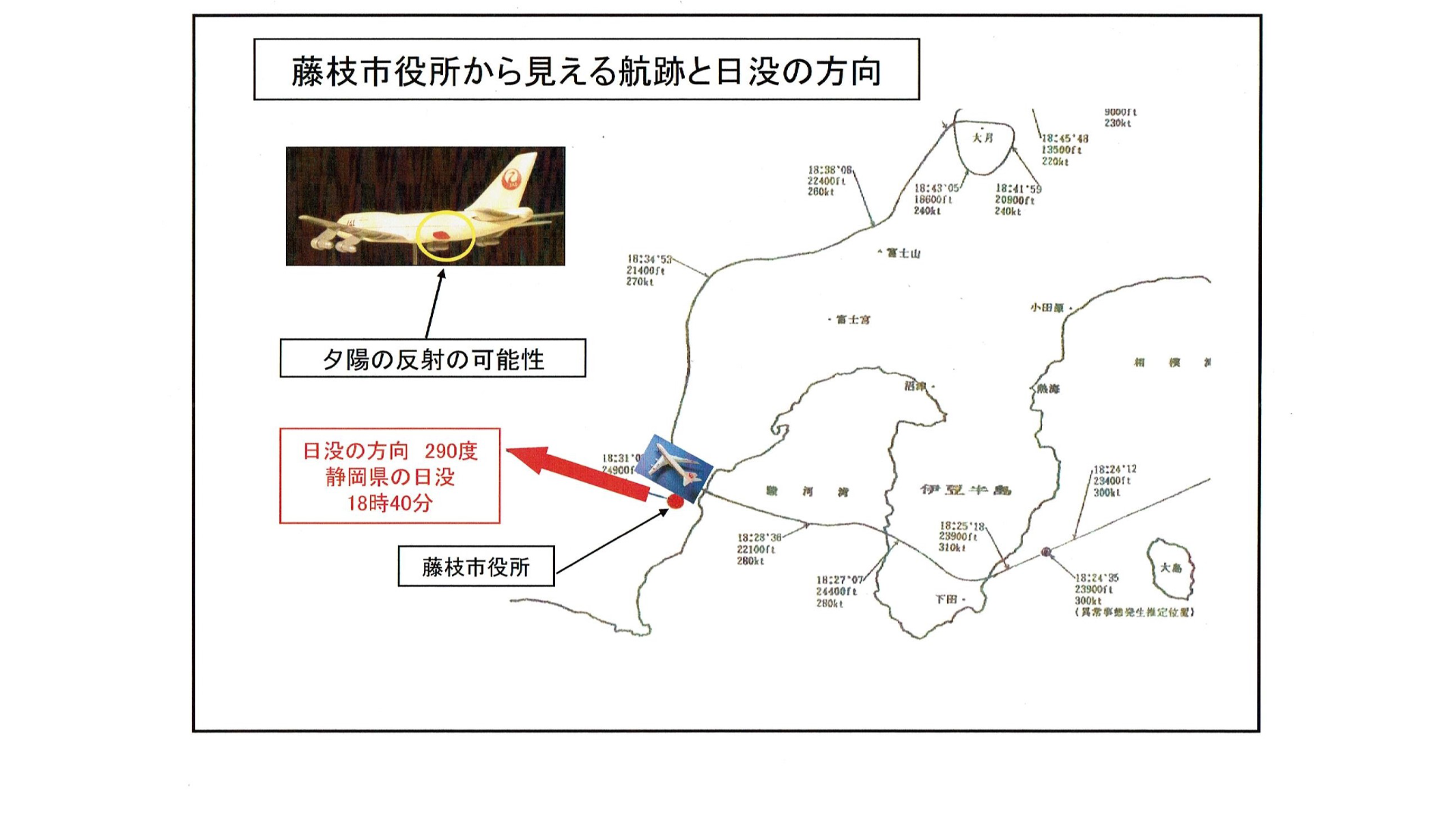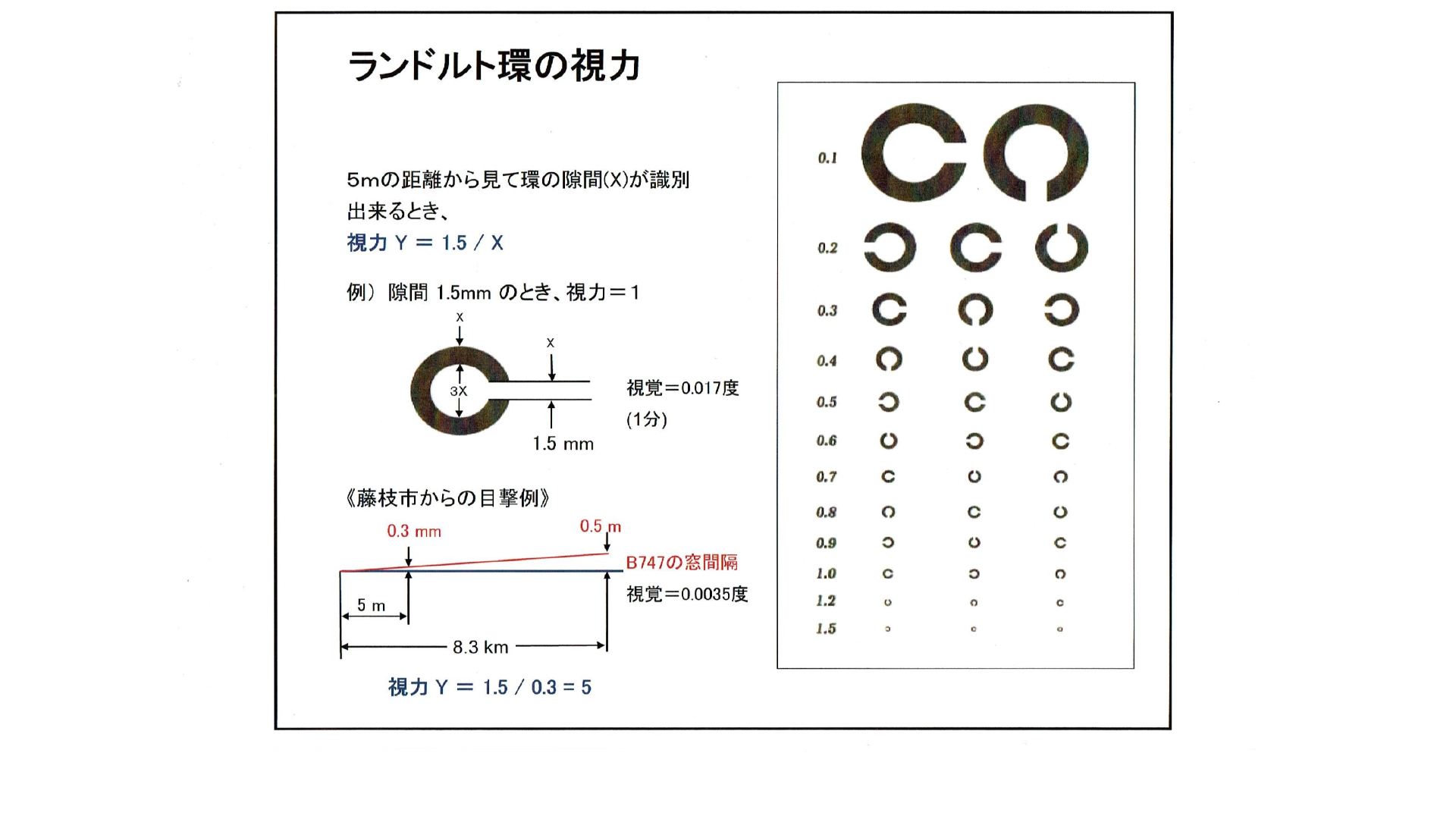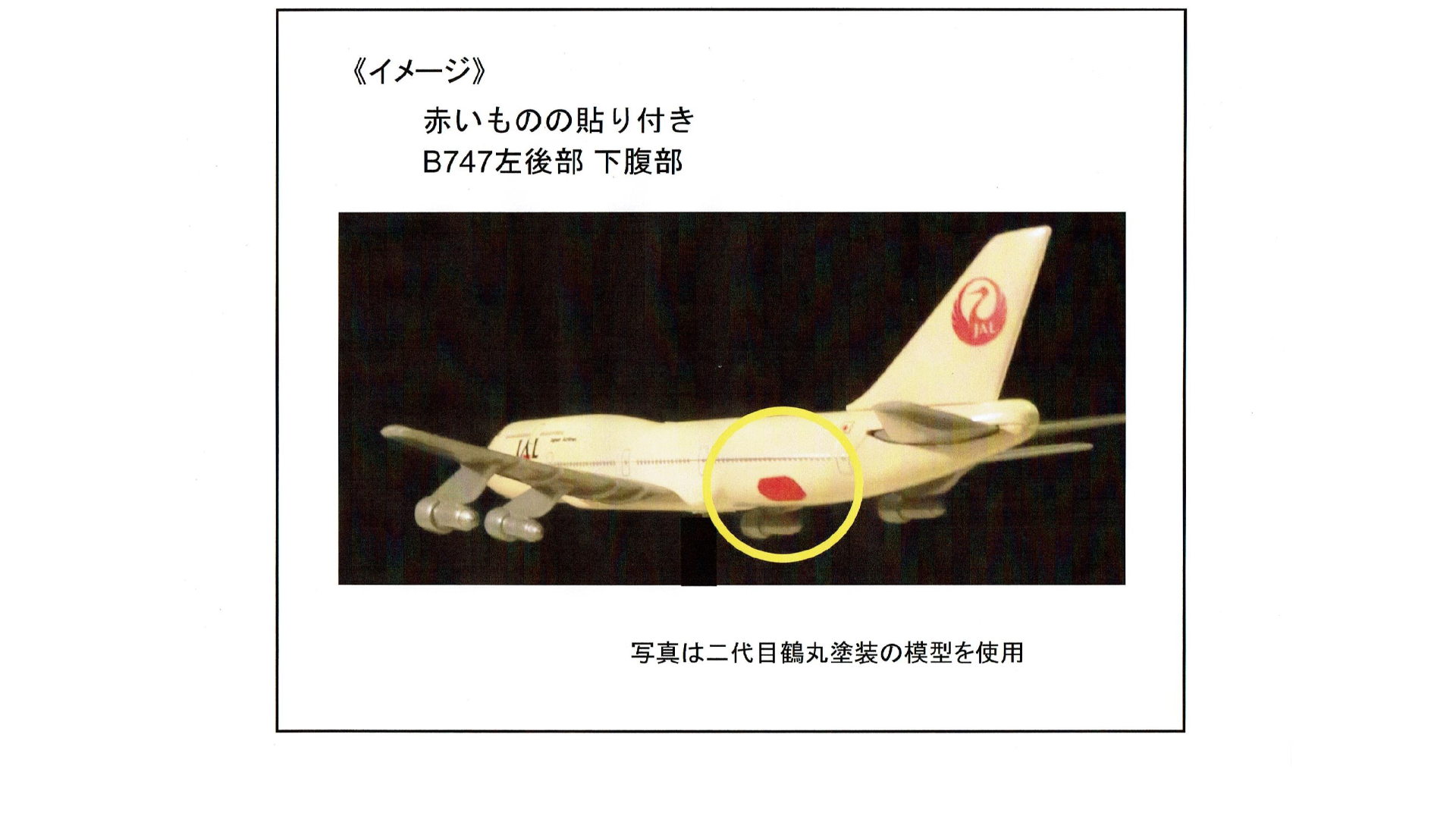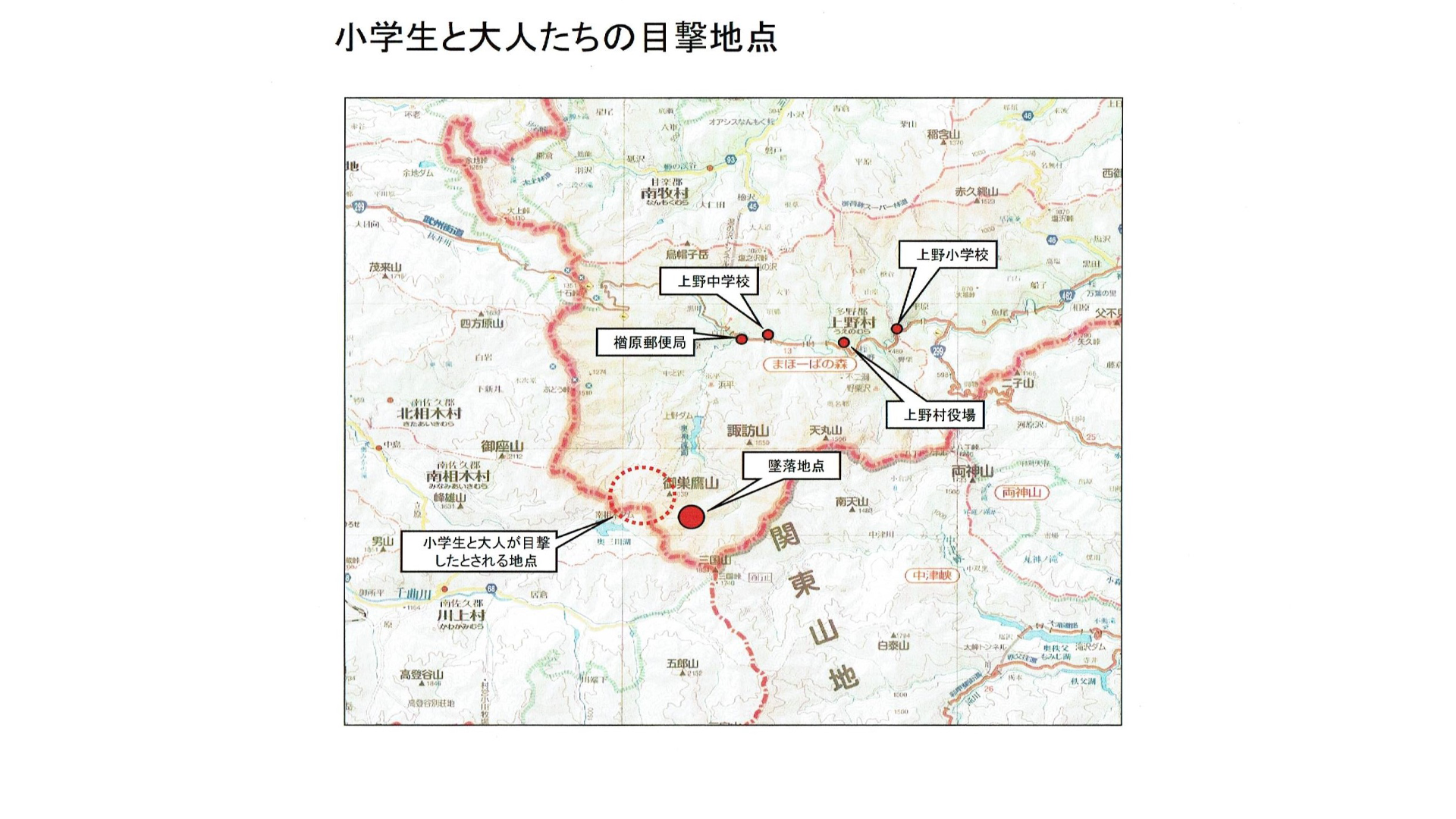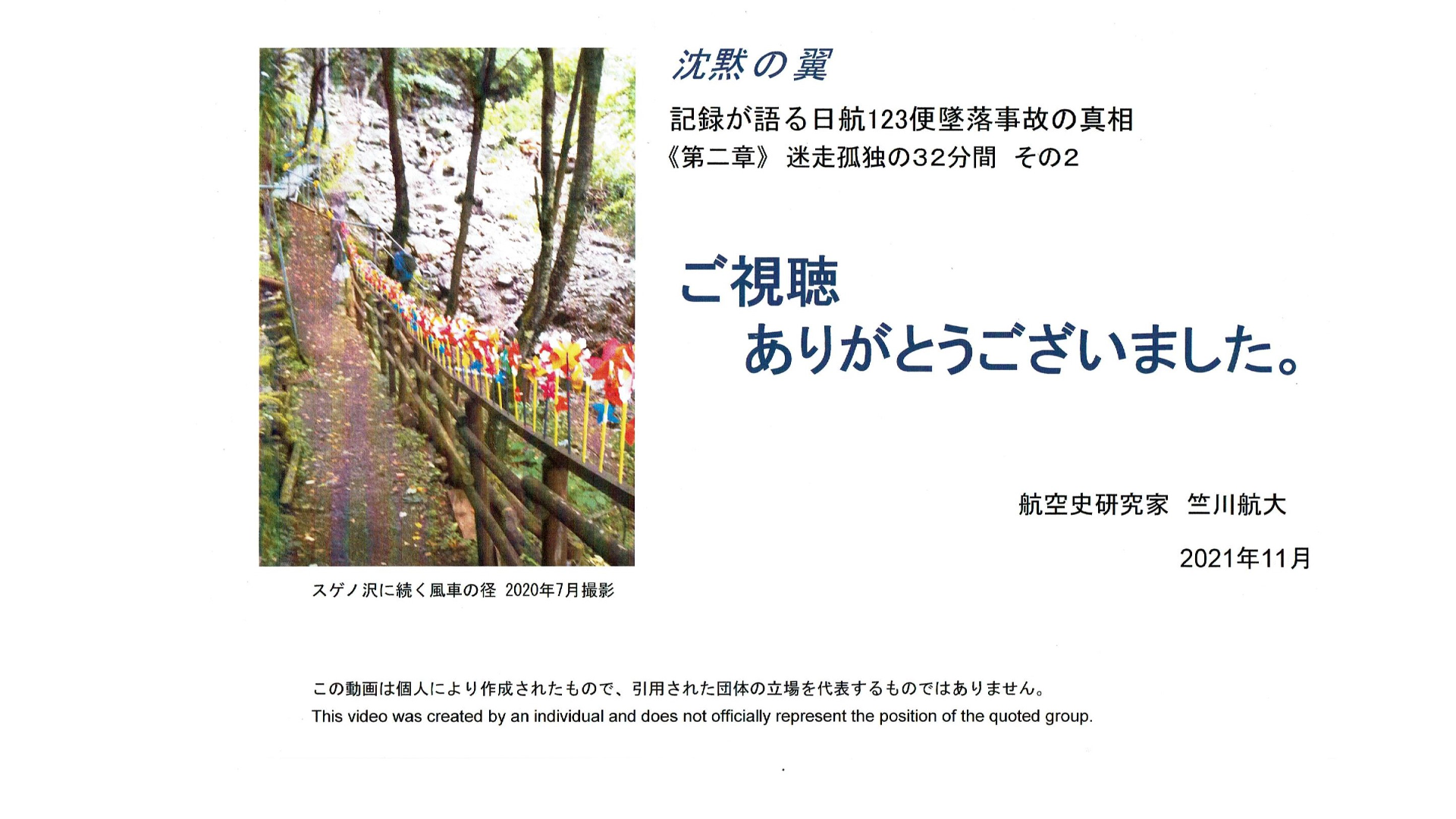Wings of Silence
Records tell the truth about the Japan Airlines Flight 123 crash
Chapter 2: 32 minutes of stray and loneliness - 2
When I was young, my seniors inspired me to move my body because the clue to solving everything was in the actual field.
So far, I've been reporting on the progress with the intention of becoming an aircraft with untreated old wounds, showing objective evidence. I made a three-dimensional model of the ridge of Mt. Osutaka and observed the site from the viewpoint above the ridge that people would have seen. I am deepening my confidence in the certainty of the Jikusen theory.
Chapter 2 Part 2 reports on the appearance of the aircraft and the actual situation specific to the site at that time.
I am Takahiro Jikusen, an aviation history researcher.
I will report Chapter 2 "32 minutes of stray and loneliness" Part 2.
I will consider identification of the crash site, why it took 16 hours to start rescue, the accuracy of sighting information, and so on.
I have been investigating the cause of this accident while showing objective evidence.
The objective facts for finding the cause of the accident are as shown in this list.
As a result of investigating the timetable at the time of 1985, it was found that the B747SR aircraft operated about three times as often as the B747LR aircraft.
According to the investigation report, the cabin pressurization of all SR aircraft was set to 8.9 psi, which is the same as that of LR aircraft.
According to the information from JAL B747 captains, the SR aircraft flew at altitudes of around 35,000 feet, similar to the LR aircraft, when the flight time exceeded one hour.
I called the three high events of high frequency flight, high in-flight pressurization, and high altitude flight so far "3-HIGH".
There were other important facts to note.
During the repair of the rear pressure bulkhead carried out in the tailstrike accident at Itami Airport, the lower half of the pressure bulkhead was replaced and the upper half of the bulkhead was left as it was.
The strain received was present as residual strain near the connection between the upper part of the pressure bulkhead and the fuselage and the vertical stabilizer connection.
The area around the upper part of the pressure bulkhead was a decisive weak point for JA8119 compared to LR and SR machines of the same type.
Before the accident, there were reports of door opening and closing troubles in which deformation during flight acts concentrated on the rear restrooms.
On the flight just before Flight JAL123, a passenger wrote in his memoirs that he heard an eerie creaking noise from the rear ceiling while cruising. The sign of the destruction of the vertical stabilizer was transmitted as an abnormal noise heard two and a half hours before the accident.
In a 3-high flight environment, JA8119 suffered fatigue failure seven years later, starting from an old wound, and fell into the worst situation where the vertical stabilizer was destroyed.
The way air leaks when an abnormality occurs is completely different between the accident investigation report and the Jikusen theory.
The Accident Investigation Commission's conclusion is that the pressure bulkhead was destroyed, but the Jikusen theory states that the vertical stabilizer was scattered first.
NTSB and Boeing needed to reassure the airline operating the B747, looking for evidence that it was not a common problem with the B747s in service.
NTSB and Boeing focused on repair and witnessed the fact that Boeing made a mistake in the repair method at the crash site. Boeing had to admit that they made a mistake.
The discovery of a repair error was a convenient discovery for the NTSB and Boeing. An announcement was made three weeks after the accident that the cause did not affect the B747.
It was leaked to the New York Times 21 months before the official announcement of the Accident Investigation Commission and became known to the world. It is said that the NTSB leaked, except for the Japanese side, which did not even disclose the outline of the cause.
However, NTSB and Boeing made a mistake here.
In a failure scenario where the joint between bulkheads breaks and air leaks from there, there is an unexplained contradiction. One point is that people were able to breathe and stay conscious.
In August 1972, the JAL Public Relations Office published "Aviation Knowledge ABC," which introduces the B747 immediately after the B747 goes into service on domestic flights.
According to this, "If the door comes off at high altitude, the air pressure will drop to the outside air in 1.5 seconds,". The door of B747 is about 2㎡, which is almost the same as the opening area where the pressure bulkhead of JA8119 was torn.
Since the outside air is reported to be 0.4 atm in the case of JA8119, it is difficult for people to keep their consciousness when the air suddenly escapes. It is not possible to write the end to the family.
Boeing concluded that the cause was the destruction of the pressure bulkhead due to their repair mistake. However, Boeing had second mistake with this aircraft.
After achieving its objectives, the NTSB entrusted the Japanese Accident Investigation Commission with a scenario to justify and reconcile the published irrational conclusions.
There may have been an accident investigator who was disappointed as an engineer because he was not satisfied with the conclusions drawn only three weeks after the accident. I'm guessing, there may have been a committee member who wanted to quit.
Perhaps the main point of the Japan-US talks related to the accident investigation is to build a story.The inscription beside the approach to the ridge of Mt. Osutaka tells the relationship between the two. The inscription will be introduced in Chapter 3.
Under Japanese law, even if the Accident Investigation Commission does not disclose all the investigation contents, or even if the conclusion is clearly unreasonable, no legally illegal problem will arise. .It is built as.
Even if the content is unreasonable, the report of the Accident Investigation Commission will be the final conclusion.
The result is that the inconsistent "Aircraft Accident Investigation Report" is officially registered.
Regarding operating conditions, I think the decision to reduce cabin pressurization instead of increasing the number of flights is appropriate from the perspective of reducing material fatigue.
Despite the agreement with Boeing, JAL changed the room pressurization from 6.9 psi to 8.9 psi for LR aircraft.
In the year of the return of Okinawa in 1972, JAL put the B747 into domestic flight to enter service.
However, since it was before the debut of the SR aircraft, the LR aircraft went into service. I think that the pressurization problem was finally revealed when the SR aircraft went into service.
Below is my guess.
Decreasing the in-flight pressurization will limit the operating altitude and make it impossible to select the economic altitude. I think there was a judgment that no problem would occur if the limit of the LR aircraft was 24,600 times.
This limitation of not being able to fly at high altitudes is fatal in terms of economy. Moreover, the first oil crisis occurred in October 1973, the month after the introduction of the SR aircraft. The crisis set the direction for selection.
Even if the LR aircraft is replaced with the SR aircraft, the time required does not change, which is evidence that the cabin pressurization was set to 8.9 psi from the beginning of the SR aircraft's service.
The horizontal axis of this figure represents the flight period of the aircraft, and the vertical axis is the estimated number of takeoffs and landings.
If JAL wants to fly at high altitude by increasing the in-flight pressurization, set the number of landings for SR aircraft to 24,600, there is no room for doubt about the conditions of use.
However, when applied to the other 6 SR aircraft based on the operational results of JA8119, it seems that the actual situation was not so as shown in this figure.
The operating conditions during flight are the same for LR and SR aircraft, but if the SR aircraft's useful life of 52,000 is adopted only for the number of takeoffs and landings when it exceeds 24,600, it was interpreted as convenient for the prescribed operation.
It is possible that JAL could not disclose the facts because Boeing settled its policy early and acknowledged its own responsibility for the accident.
It must be said that the theory of destruction of the pressure bulkhead, which is the conclusion of the Accident Investigation Commission, is logically broken no matter how elaborately interpreted it is.
Let's return to the main subject of Chapter 2, Part 2.
What is TACAN? I will consider the location of the crash, why it took 16 hours, and the certainty of the sighting information.
I have to admit that the only search methods at that time were radar and TACAN.
GPS that can obtain accurate position information did not exist yet.
I will objectively consider the situation at that time.
TACAN is a tactical air navigation system. It is a military system developed to roughly know the direction and distance of the mother ship.
The principle is still applied to modern airliners.
I added radar position information and data of Asahi newspaper to the seven data in the survey report.
TACAN is a device that roughly grasps the position of its own aircraft, and it must allow a tolerance of 1 degree in angle and 0.2% in distance. There is no practical problem with this degree of tolerance to know the position.
All the information is informed by the pilots seeing the flames below, that is, everyone seeing the same position, but all of it is off the mark when the recipient of the data transcribes it on a map.
In addition, the story that the Self-Defense Forces aircraft intentionally shifted the position information of the site is unavoidable because only the shifted data can be obtained due to the performance of TACAN.
If there were 10 more location information, this would be a situation where the group of variations would only grow larger and would be out of control. It's not just about averaging.
There was a tendency to rely heavily on the first U.S. military C-130 information provided, but even the first discoverer, the U.S. military aircraft, reported a location 3 kilometers northeast of the crash site. I did. If they followed only this information, they would not have been able to reach the site.
The sighting information on the ground is mainly direction information, and I think that the information gathering, and decision-making by the administrative agencies lacked unity and caused confusion.
From the standpoint of searching on-site, it was impossible to make an initial move unless the position was narrowed down on a large scale.
Next is the question of why it took 16 hours.
If the crash was close to flat ground , the search would have started immediately. Or even at sea, it seems that the initial action was earlier than the ridge of Osutaka.
The ridge of Mt. Osutaka was too deep in the mountains compared to the dark sea and the near-inhabited sites. Currently, the road along the Kanna River has been improved, but I think it was very difficult to approach at that time.
This map is an excerpt of a map of 1 / 250,000 of "Southern Kanto" published in November 1984. Of course, there is no direct way to the ridge. There is no mention of Mt. Osutaka.
When I climbed the memorial service in July 2020, I could imagine the harshness of the road to the site, where the trees that stand on the steeply sloping road at that time were cut down. From the Ueno Village Hall, the altitude difference is more than 1000m.
At the site, it was very difficult to walk, it was almost impossible to act at night, and when I walked along Sugenosawa, I realized that the sky was narrow.
Rescue using a night helicopter was likely to cause a secondary disaster without the terrain and branching conditions being visible, and it was thought that the decision to rope down would not be made.
Another thing I realized when I stood on the ridge of Mt. Osutaka was that if the altitude of JA8119 was only 100 feet high, the site would have jumped over many ridges instead of here.
I thought that the situation was definitely different, such as the rescue activities.
If the descent rate is gentle, the possibility of flying to Shimonita-mati or Karuizawa-mati cannot be denied.
Since JA8119 was in an uncontrolled state, no one, let alone the pilot, could predict landing point.
Under such circumstances of JA8119, it must be said that the story of gathering a large number of people in advance near Mt. Osutaka with a special mission, including those who carried flame radiation, is completely absurd.
Considering that at that time there was no way for people to walk and even the moonlight could not be expected, I think that rescue team had to wait for the dawn and start full-scale rescue actions.
I think the arrival at the site is the result of the efforts of the local fire brigade, police, and the Self-Defense Forces.
As a result, the rescue team could approach without hesitation, so I think that 16 hours, such as making a way for rescue, was rather the shortest time that could be approached on foot.
Considering the power of TACAN and radar, the narrowness of the sky seen from the bottom of the river, and the extremely difficult route to the site, it was not unreasonable for everyone to do their best for 16 hours. I frankly thought so.
Consider the certainty of sighting information.
I would like to take up and consider some of the things I wondered about in the sightings. The first information was from a witness in Fujieda City, and was introduced in a book related to the JAL123 flight accident.
The first sighting was witness testimonies such as: There was a red one under the left flank of the jumbo jet, and the sunset was not a reflection of the sun because it curved to the right and illuminated the back of the flying jet.
At the position where JA8119 was seen in the sky above the east side of Fujieda City, is there a right-turn flight in which sunlight illuminates the back of the aircraft near sunset? Is the testimony correct?
According to the research report, JA8119 was flying at an altitude of 24,900 feet and about 7,590 meters, which is twice the height of Mt. Fuji.
If there was a low-flying flight that was different from the research report, there should be hundreds of sightings, but here we will examine what the witnesses will see if the altitude of the report is correct.
Since the sighting point in Fujieda City is unknown, I verified it at the location of Fujieda City Hall. The horizontal distance to the nearest flight path of JA8119 is about 3,300 m in a straight line, and the altitude is 7,590 m, so the distance to the aircraft is calculated to be 8,300 m.
The viewing angle of the aircraft with a total length of 71 m is calculated to be 0.49 degrees at the maximum when the aircraft is seen right beside it. This angle is almost the same as the viewing angle of the full moon and the sun.
Witness testify that: "The jumbo jet had white paint with red and dark blue lines, and the window were clear. The altitude was so low that I could see it.
The window spacing of the B747 is 20 inches, about 50 cm. From a distance of 8,300 m, this viewing angle is 0.0035 degrees.
If you calculate the visual acuity based on the Randold ring visual test table used, the visual acuity will be about 5.
Visual acuity 5 is similar to that of birds of prey such as eagles and falcons.
Is the testimony of this witness with superhuman eyesight credible? Has the certainty of the testimony been verified?
This witness has a second important testimony.
The image of the abdomen on the left side of the aircraft, about 4 to 5 m, about the length of two cargo doors, and a cylindrical, bright red object sticking to the abdomen.
I suspect I remembered the moment when the setting sun reflected on the B747 torso. I myself have witnessed several times in Toyonaka City that the sun was reflected on the lower left of JAL B747, which was approaching the 32L of Itami Airport.
The time of sighting seems to be around 18:31 over Fujieda, but the sun was near the horizon. It is possible that reflected light could be seen under the left abdomen of the aircraft.
The red objects on the fuselage are interestingly picked up and shocking in fact. Did the author scientifically consider the possibility and reality of red objects sticking to the fuselage during high-speed flight?
This photo is a reproduction of the photo I took as faithfully as possible, but I can't think of the phenomenon that something on a flat surface sticks to the aircraft.
If author intend to use red as a keyword to induce the senses of the paint color of the target aircraft and missiles of the Self-Defense Forces, it will have a great impact on readers, so I think author should carefully verify it.
I have a question about the third sighting information. Ueno Village was surrounded by mountains and I felt the sky was narrow no matter where I was. Among them, I think the foresight of educators who recorded what the children had seen while the memory of the accident was new is noteworthy.
However, as for the data, there is a book that marks the area that the children of Ueno Village saw so that it touches the area just west of the crash point, but it is clearly different from the fact.
I don't think there were more than 200 students and adults gathering in the mountains just west of the crash site in the mountains before sunset.
I think the author should correct it, as the schematic can mislead the reader as if they had recently witnessed an aircraft.
The second chapter, part 2, is over.
From the next time, I will enter Chapter 3 "Void Survey Report". In Part 1, I will report about the inscription beside the approach leading to Mt. Osutaka.
I was amazed at the content that questioned the independence of the Aircraft Accident Investigation Commission.
In the mid-1990s, I had the opportunity to visit Boeing's technical center frequently and talk to many engineers. I would like to share my views in Chapter 3, "The Void Survey Report."
Thank you for watching today.
This was reported by Takahiro Jikusen, an aviation history researcher.
See you next time.

